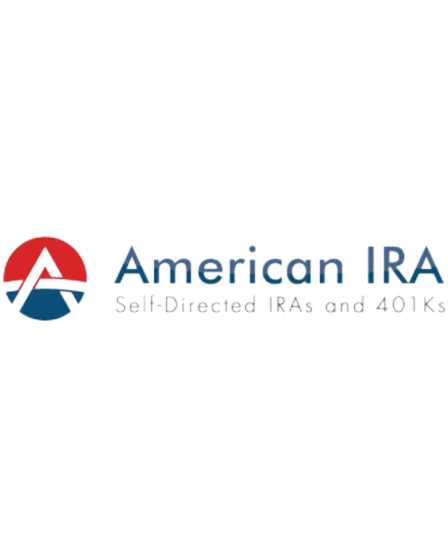
When it comes to retirement planning, Individual Retirement Accounts (IRAs) offer a powerful way to save and invest for the future. Among the various types of IRAs, Traditional IRAs and Roth IRAs are the most common. However, many savvy investors are now exploring the benefits of transitioning from a Traditional IRA to a Self-Directed Roth IRA. This move can unlock greater investment flexibility and significant tax advantages, but it requires careful planning and understanding. At American IRA, we’re here to guide you through the process.
Understanding the Basics
Traditional IRA: Contributions to a Traditional IRA are typically tax-deductible, depending on your income level and participation in a workplace retirement plan. The earnings grow tax-deferred, meaning you won’t pay taxes until you withdraw the funds during retirement. However, withdrawals are subject to ordinary income tax, and early withdrawals may incur penalties.
Roth IRA: With a Roth IRA, contributions are made with after-tax dollars, meaning they are not tax-deductible. However, the key advantage is that earnings grow tax-free, and qualified withdrawals during retirement are also tax-free.
Self-Directed IRA: A Self-Directed IRA allows for a broader range of investment options, including real estate, precious metals, private businesses, and more, beyond the traditional stocks, bonds, and mutual funds. This flexibility can provide significant growth opportunities for savvy investors.
Why Consider a Self-Directed Roth IRA?
1. Tax-Free Growth: The primary appeal of a Roth IRA is the tax-free growth and withdrawals. This can be especially beneficial if you expect your tax rate to be higher in retirement than it is now.
2. Investment Flexibility: A Self-Directed Roth IRA allows you to invest in a wide array of assets, giving you the freedom to diversify your portfolio beyond conventional investments.
3. No Required Minimum Distributions (RMDs): Unlike Traditional IRAs, Roth IRAs do not require you to take RMDs at age 73. This allows your investments to grow tax-free for a longer period.
The Conversion Process
Converting a Traditional IRA to a Self-Directed Roth IRA involves a few critical steps:
1. Determine Your Eligibility: There are no income limits for converting a Traditional IRA to a Roth IRA, but the conversion amount will be added to your taxable income for the year.
2. Calculate the Tax Impact: Since Traditional IRAs are funded with pre-tax dollars, converting to a Roth IRA means you’ll owe taxes on the converted amount. It’s crucial to assess your current tax bracket and potential future tax rates to determine the optimal timing for the conversion.
3. Choose a Custodian: Select a custodian like American IRA, who specializes in Self-Directed IRAs. They will help you navigate the paperwork and ensure compliance with IRS rules.
4. Diversify Your Investments: Once your Self-Directed Roth IRA is set up, you can explore various investment opportunities. Consider consulting with a financial advisor to align your investments with your retirement goals.
Important Considerations
1. Tax Implications: The conversion amount will be treated as taxable income. Ensure you have sufficient funds to cover the tax liability without dipping into your retirement savings.
2. Investment Risks:While a Self-Directed Roth IRA offers more investment choices, it also comes with increased responsibility. Thoroughly research any potential investments to avoid unnecessary risks.
3. Long-Term Strategy: Converting to a Self-Directed Roth IRA is a long-term strategy. Be sure to consider how it fits into your overall retirement plan.
Conclusion
Transitioning from a Traditional IRA to a Self-Directed Roth IRA can be a strategic move to maximize your retirement savings. With the combination of tax-free growth and a broader investment spectrum, this approach can significantly enhance your financial future. At American IRA, we are committed to helping you make informed decisions and empowering you to take control of your retirement. Contact us today to learn more about how you can benefit from a Self-Directed Roth IRA.